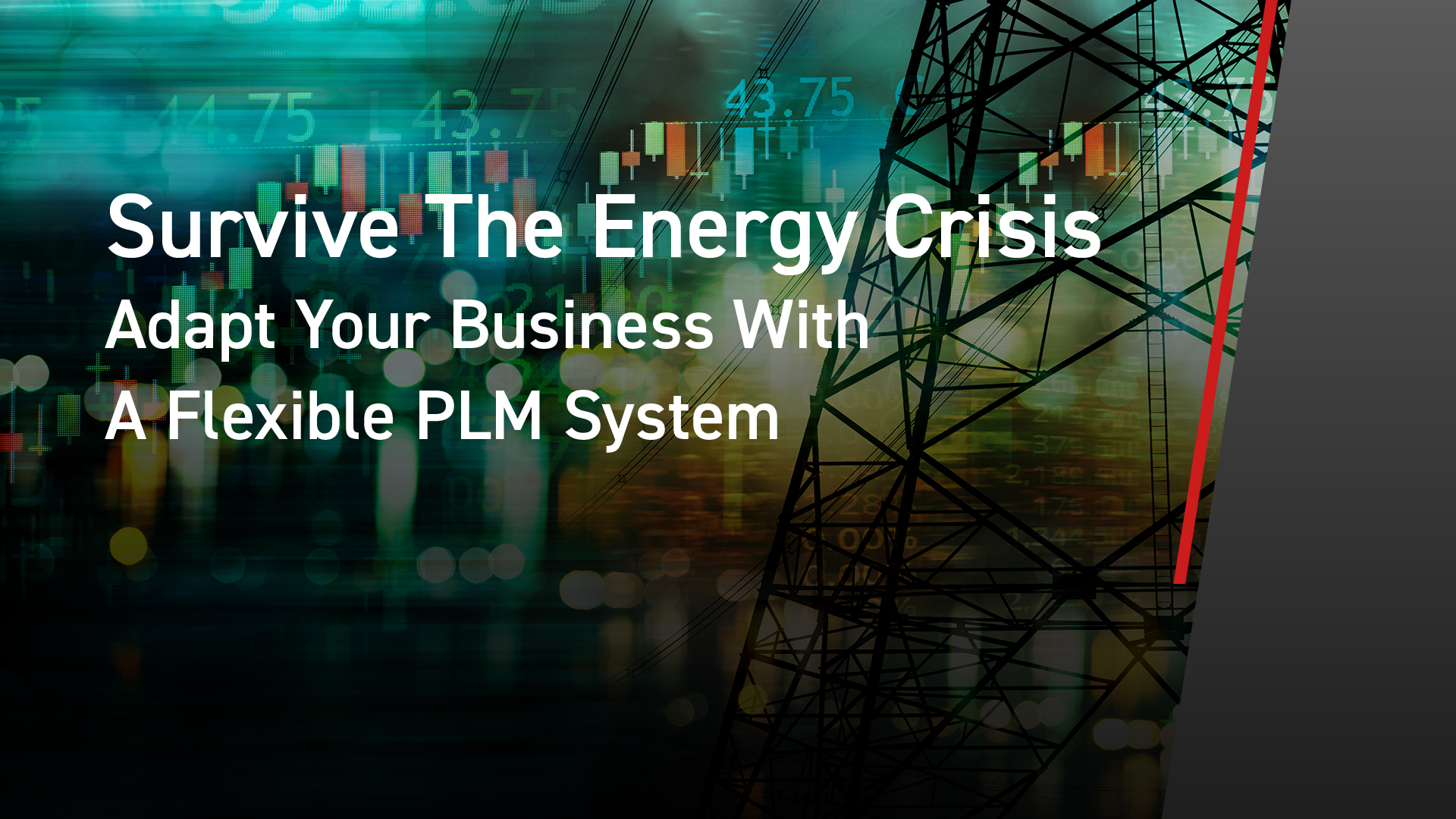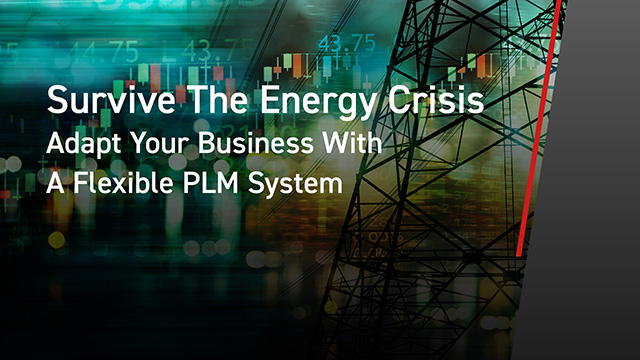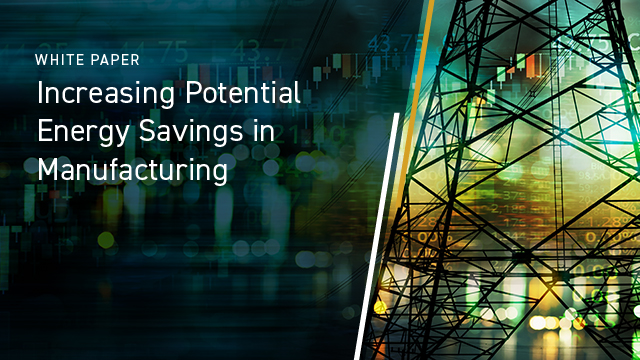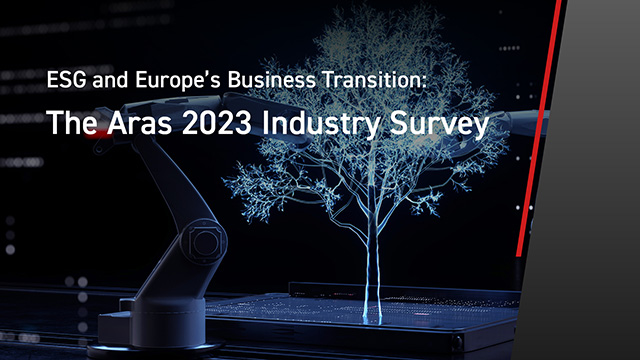Survive The Energy Crisis. Adapt Your Business With A Flexible PLM System
The current energy crisis has pushed us to rethink our business strategies. Due to the increased energy costs in 2022, manufacturers across industries immediately achieved up to 20% savings by lowering heating in offices and manufacturing sites and improving energy efficiency in buildings and infrastructure.
The speedy transformation shows that there is a huge potential to do more. By consolidating energy-saving activities into a structured approach, manufacturers have the potential to make their businesses much more profitable.
The following questions will be of central interest within the industry:
What part of the product consumes the most energy during production?
How can I improve the overall energy footprint within the manufacturing or supply chain?
Which investment makes an ROI in energy savings and lower overall cost?
Knowing that there are many more challenges to solve on energy costs and consumption, transparency and a structured approach are essential.
In this webinar, you will receive insights on how your business saves costs on parts and manufacturing by consuming less energy and delivering cleaner and more sustainable products for customers. You can provide better products and solutions with access to one data hub that maintains all relevant energy KPIs within your environment.
Survive The Energy Crisis. Adapt Your Business With A Flexible PLM System

The current energy crisis has pushed us to rethink our business strategies. Due to the increased energy costs in 2022, manufacturers across industries immediately achieved up to 20% savings by lowering heating in offices and manufacturing sites and improving energy efficiency in buildings and infrastructure.
The speedy transformation shows that there is a huge potential to do more. By consolidating energy-saving activities into a structured approach, manufacturers have the potential to make their businesses much more profitable.
The following questions will be of central interest within the industry:
What part of the product consumes the most energy during production?
How can I improve the overall energy footprint within the manufacturing or supply chain?
Which investment makes an ROI in energy savings and lower overall cost?
Knowing that there are many more challenges to solve on energy costs and consumption, transparency and a structured approach are essential.
In this webinar, you will receive insights on how your business saves costs on parts and manufacturing by consuming less energy and delivering cleaner and more sustainable products for customers. You can provide better products and solutions with access to one data hub that maintains all relevant energy KPIs within your environment.


